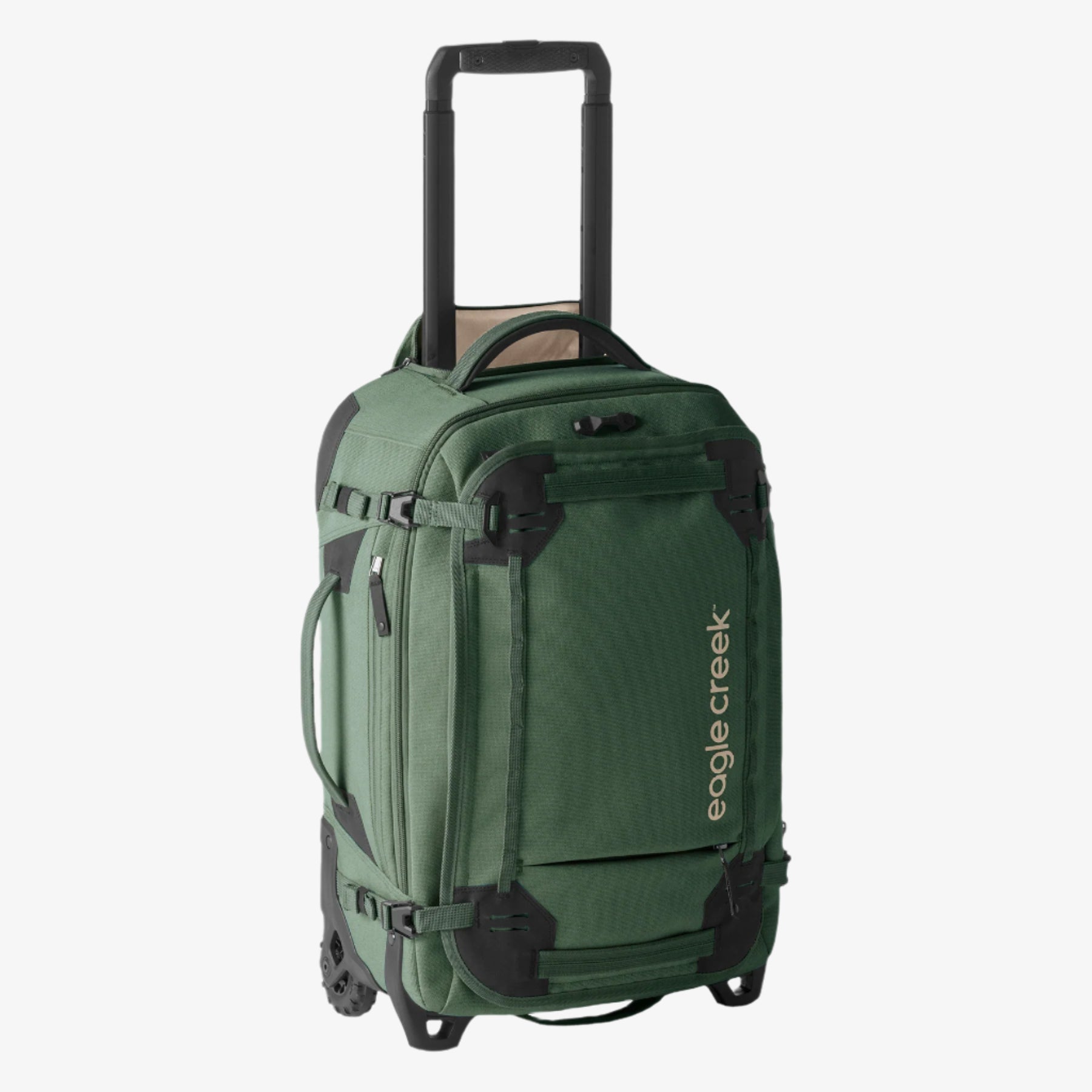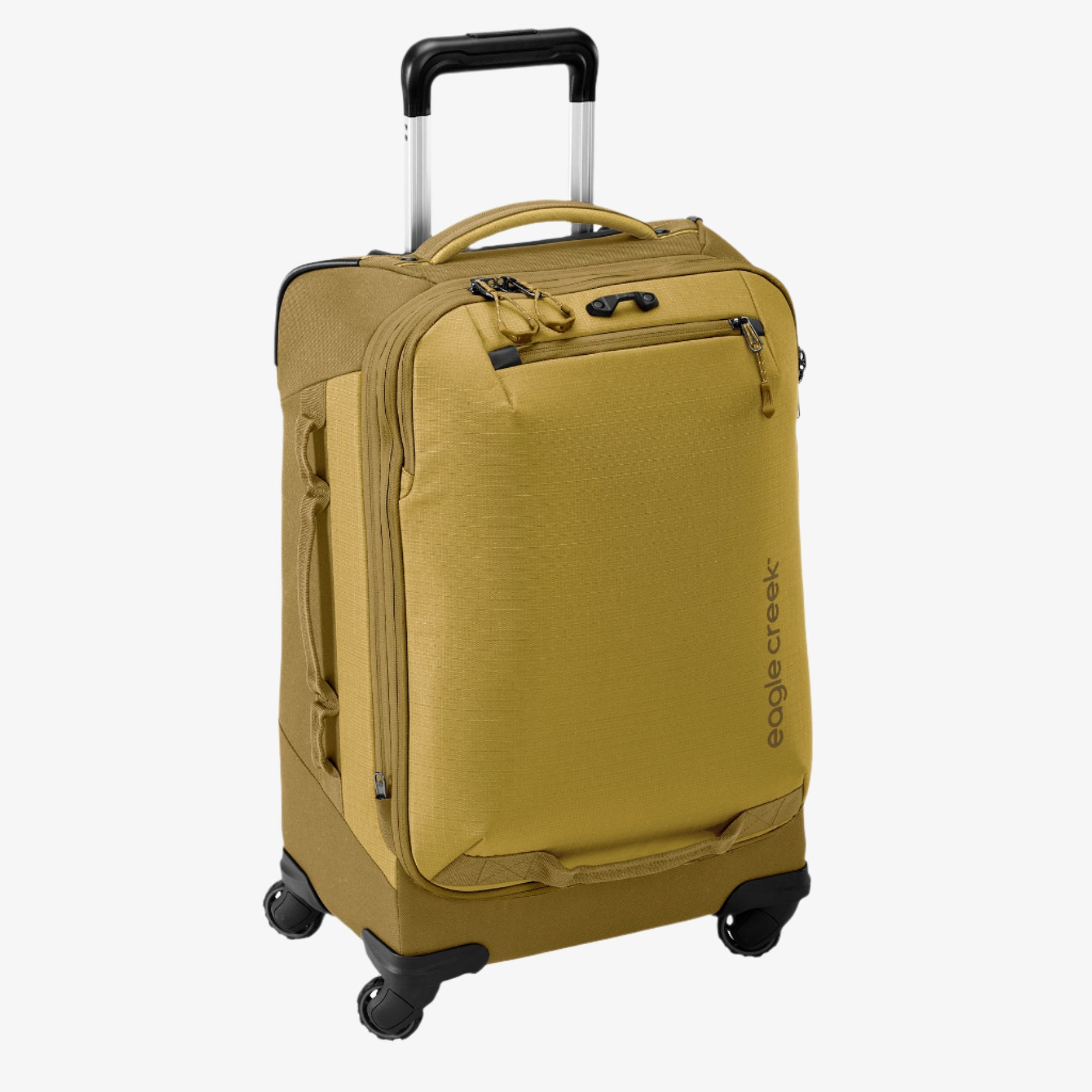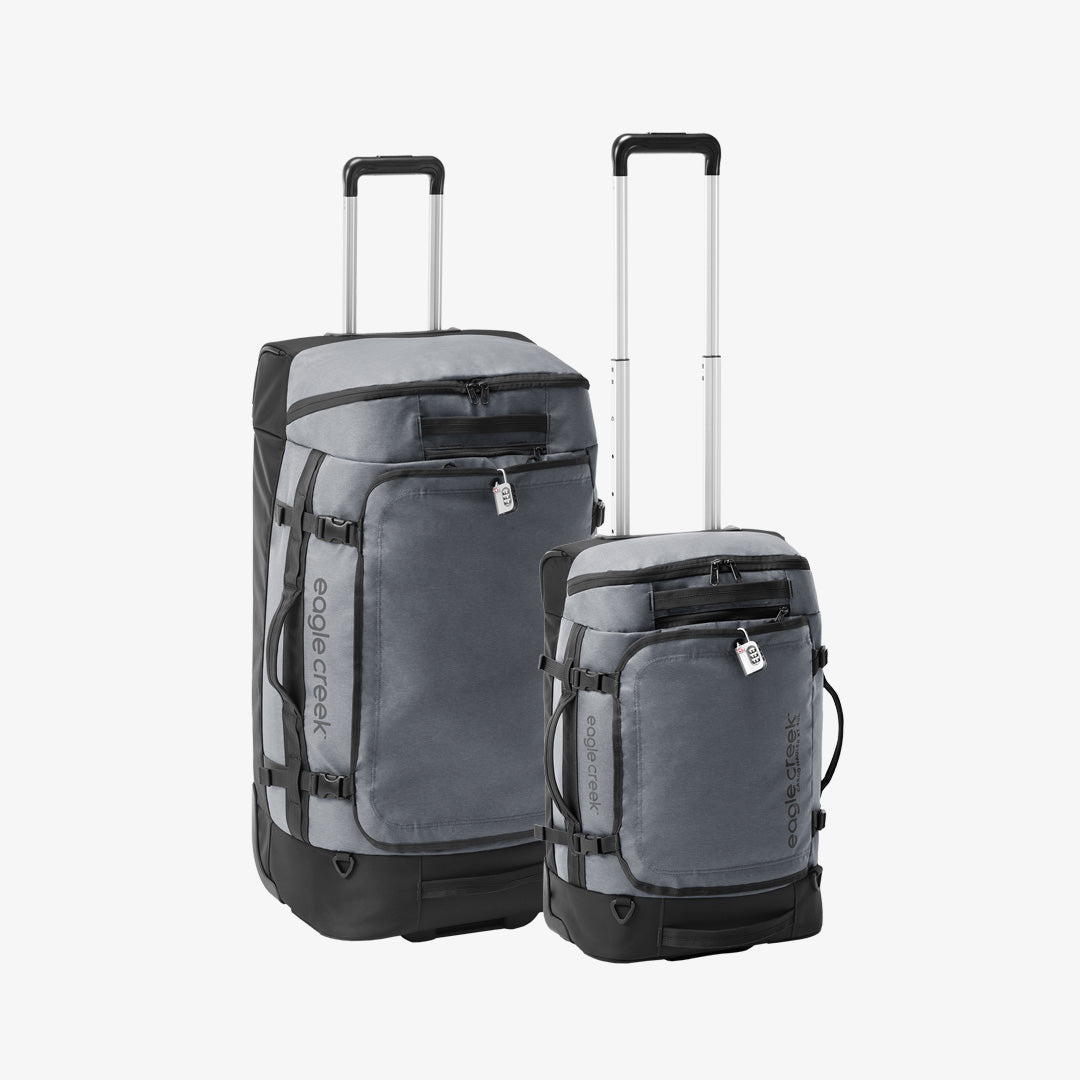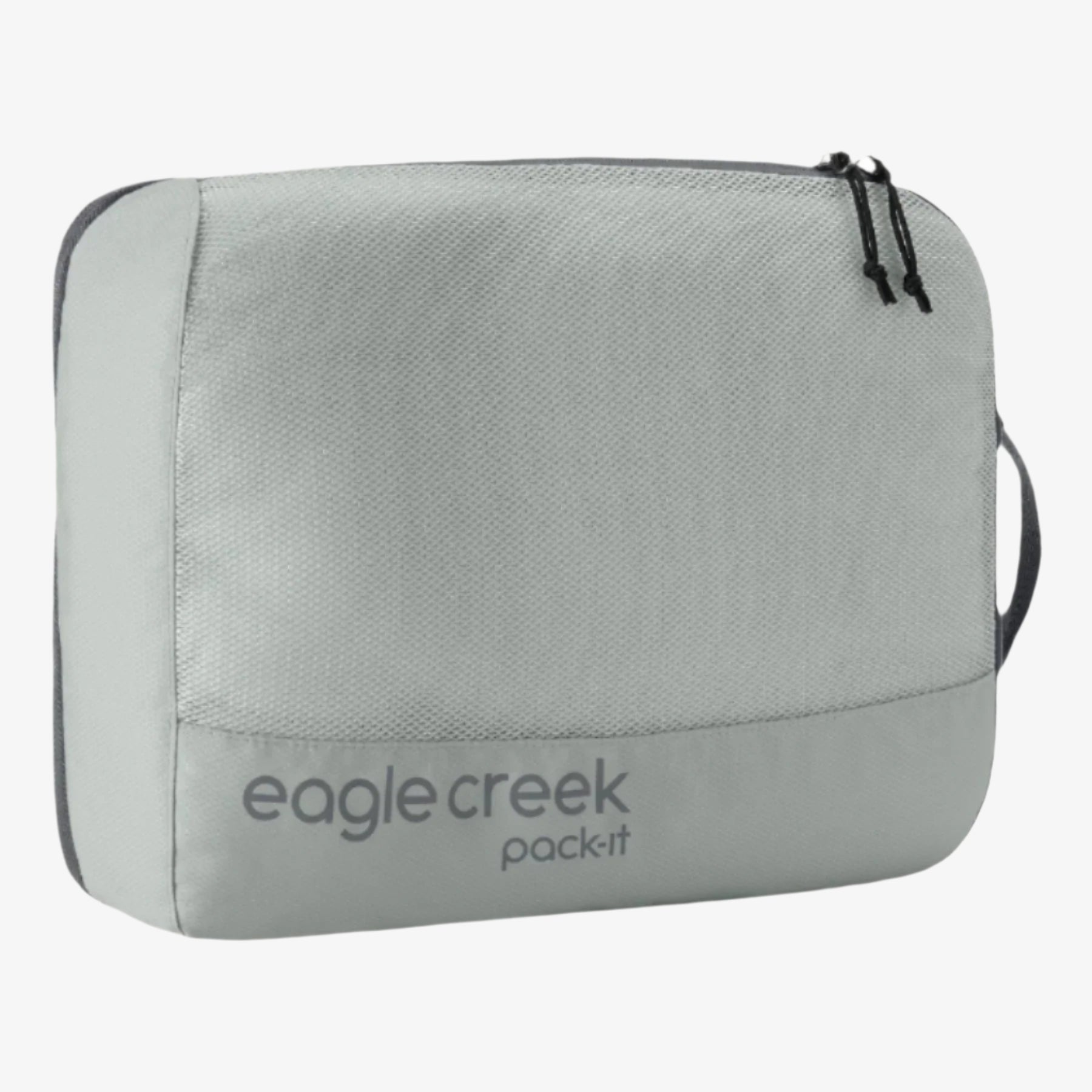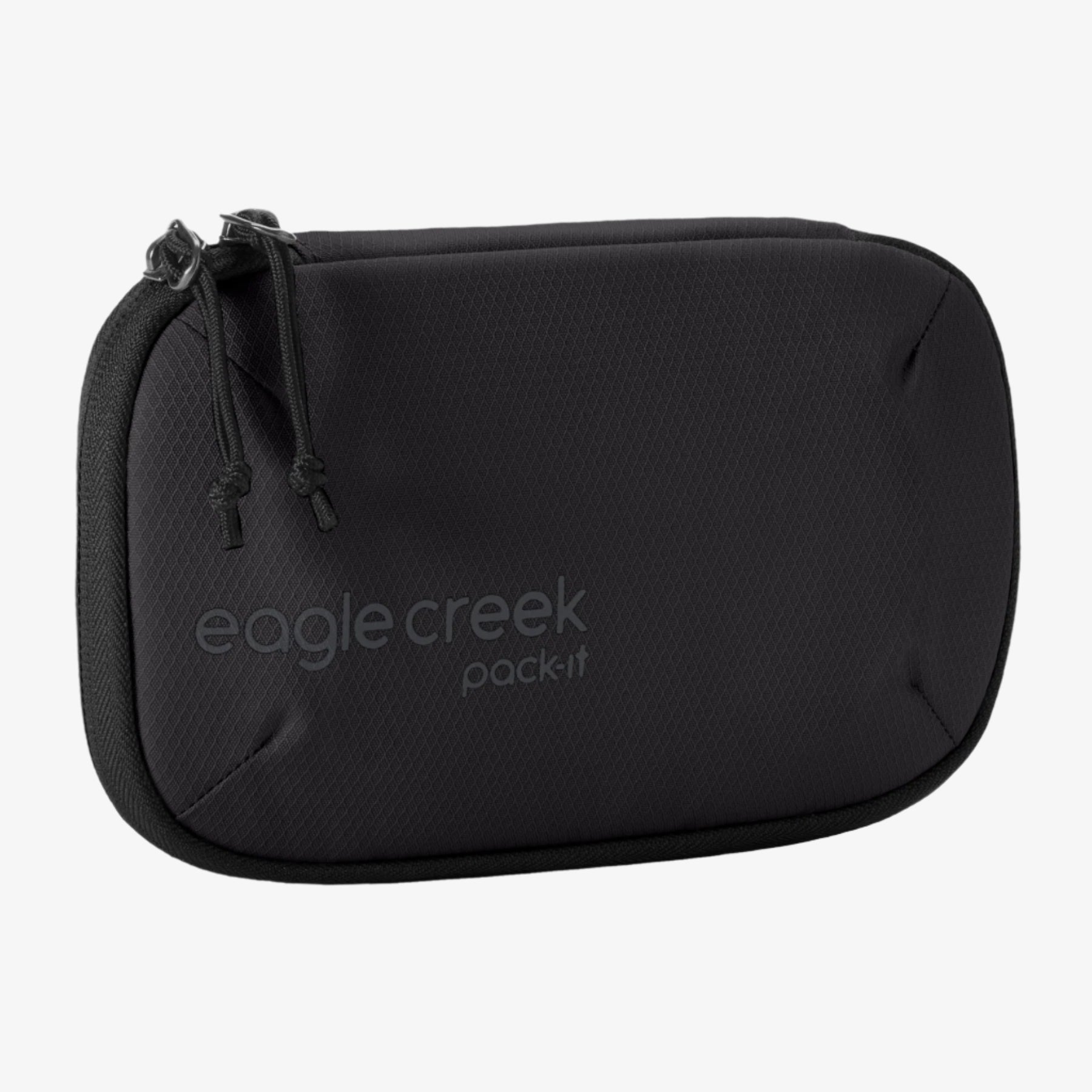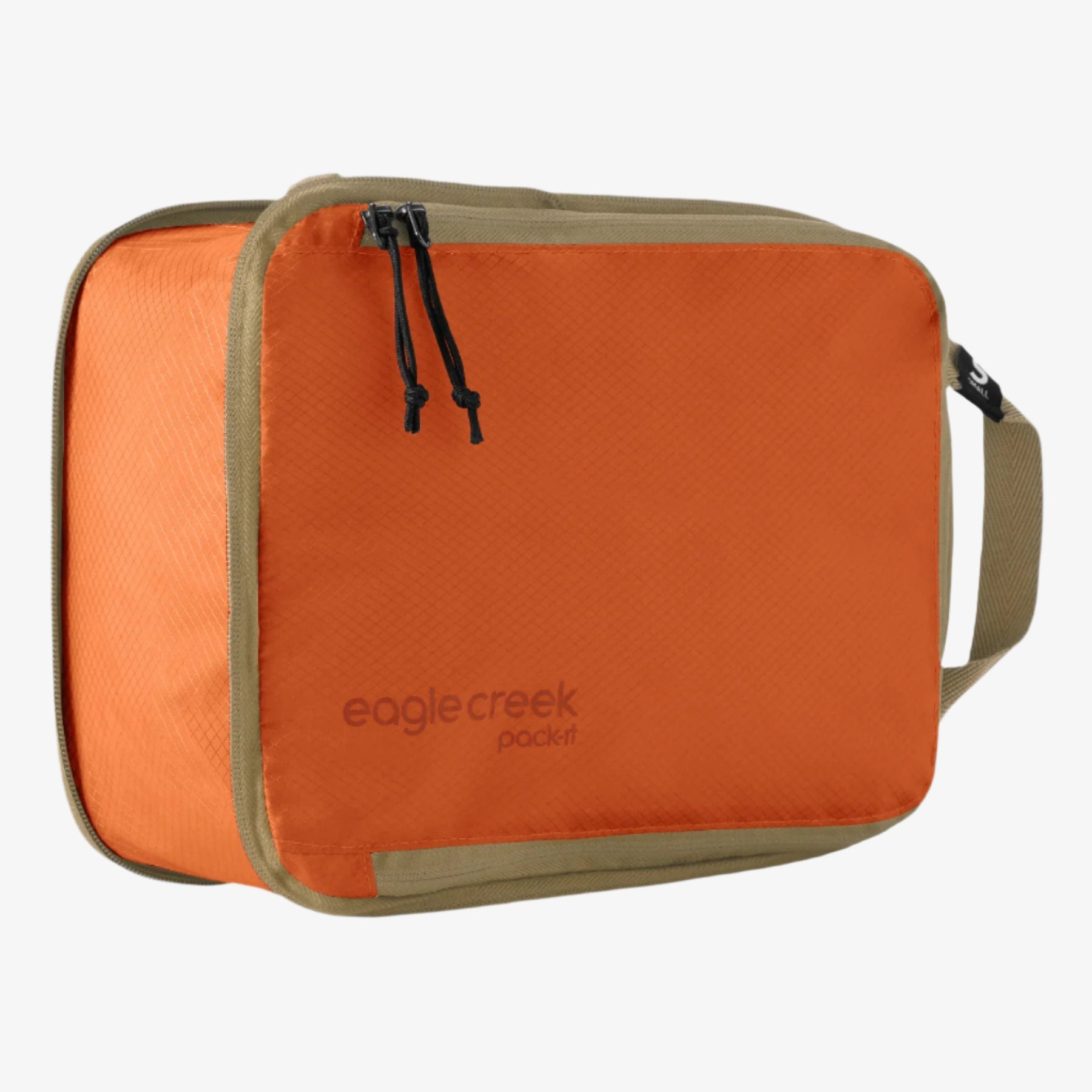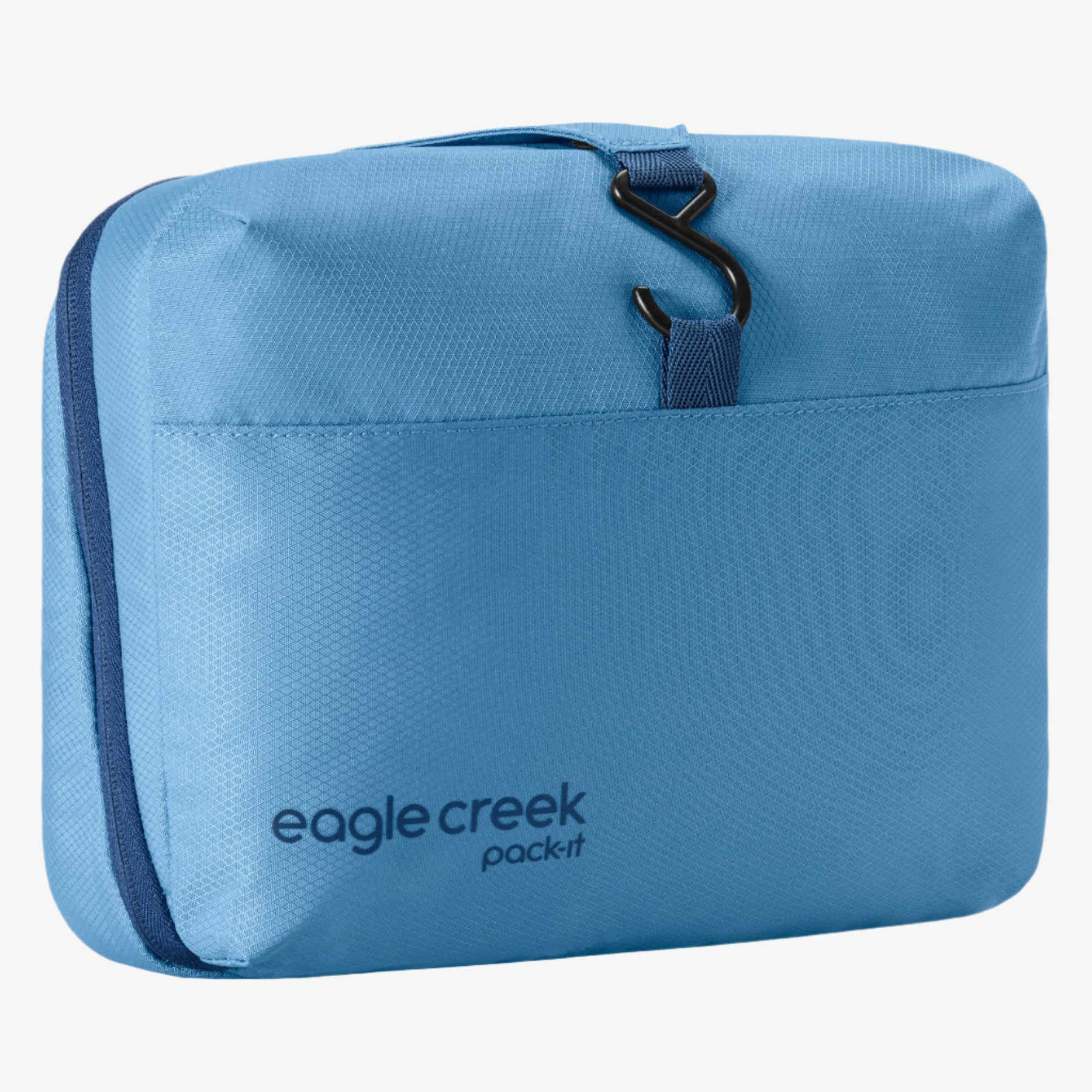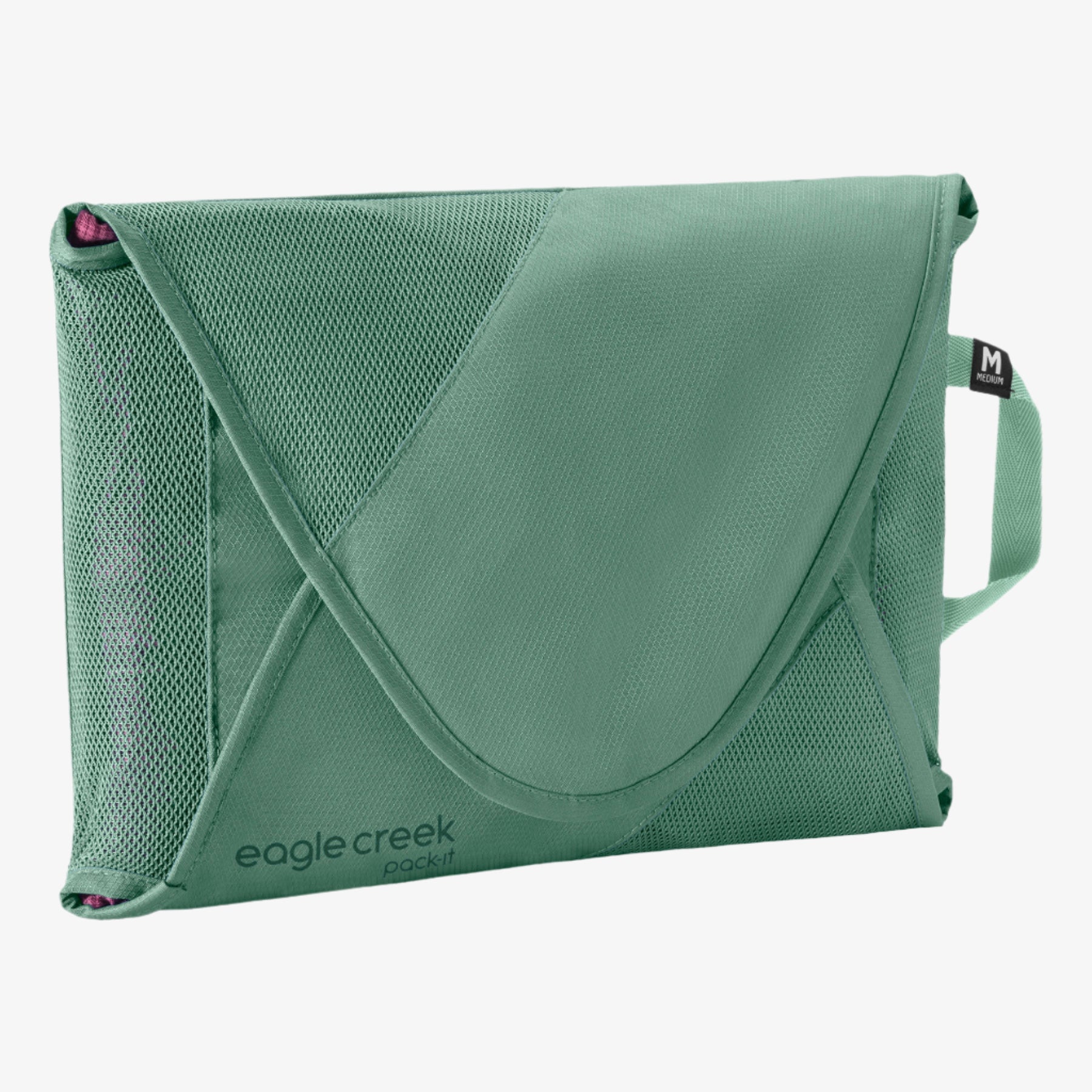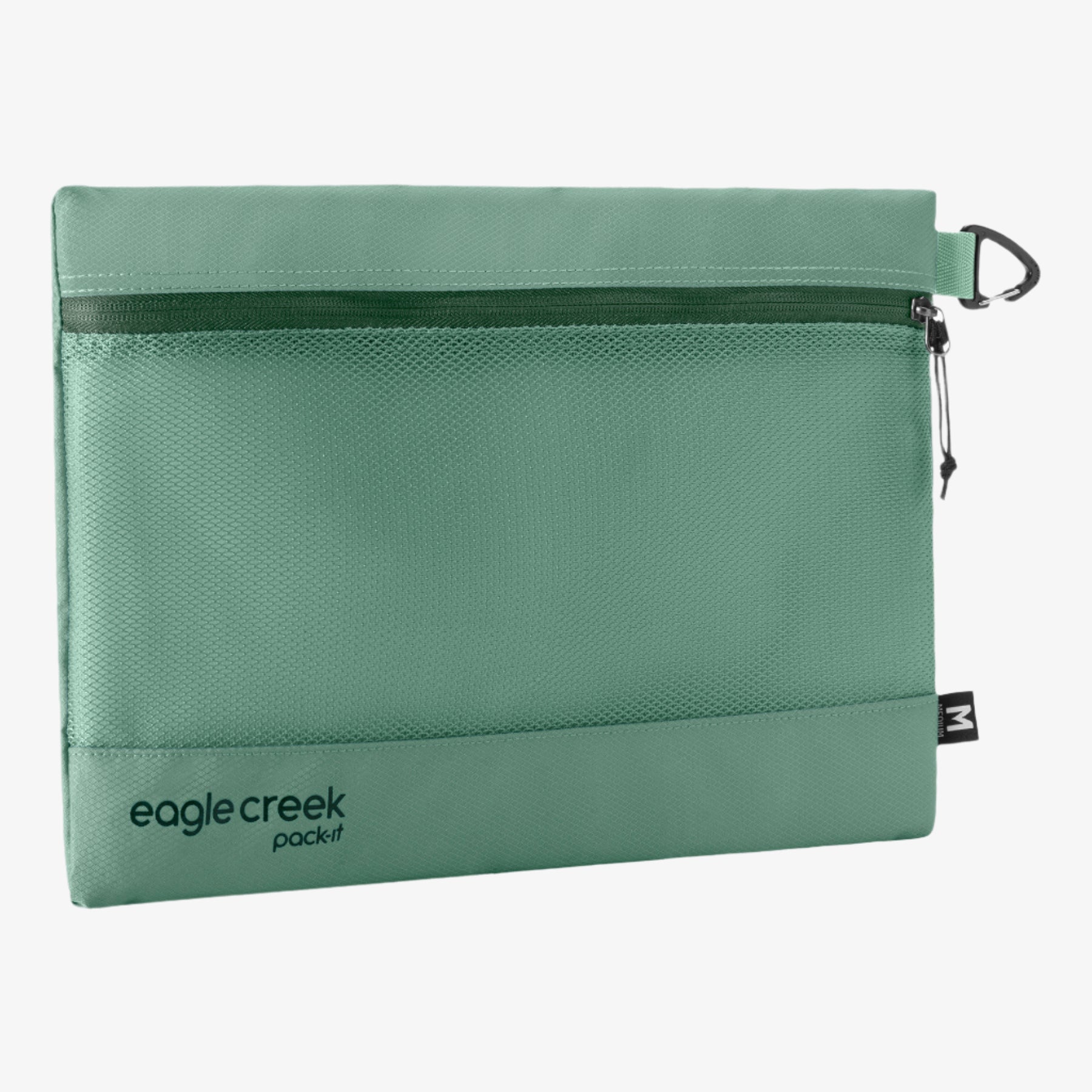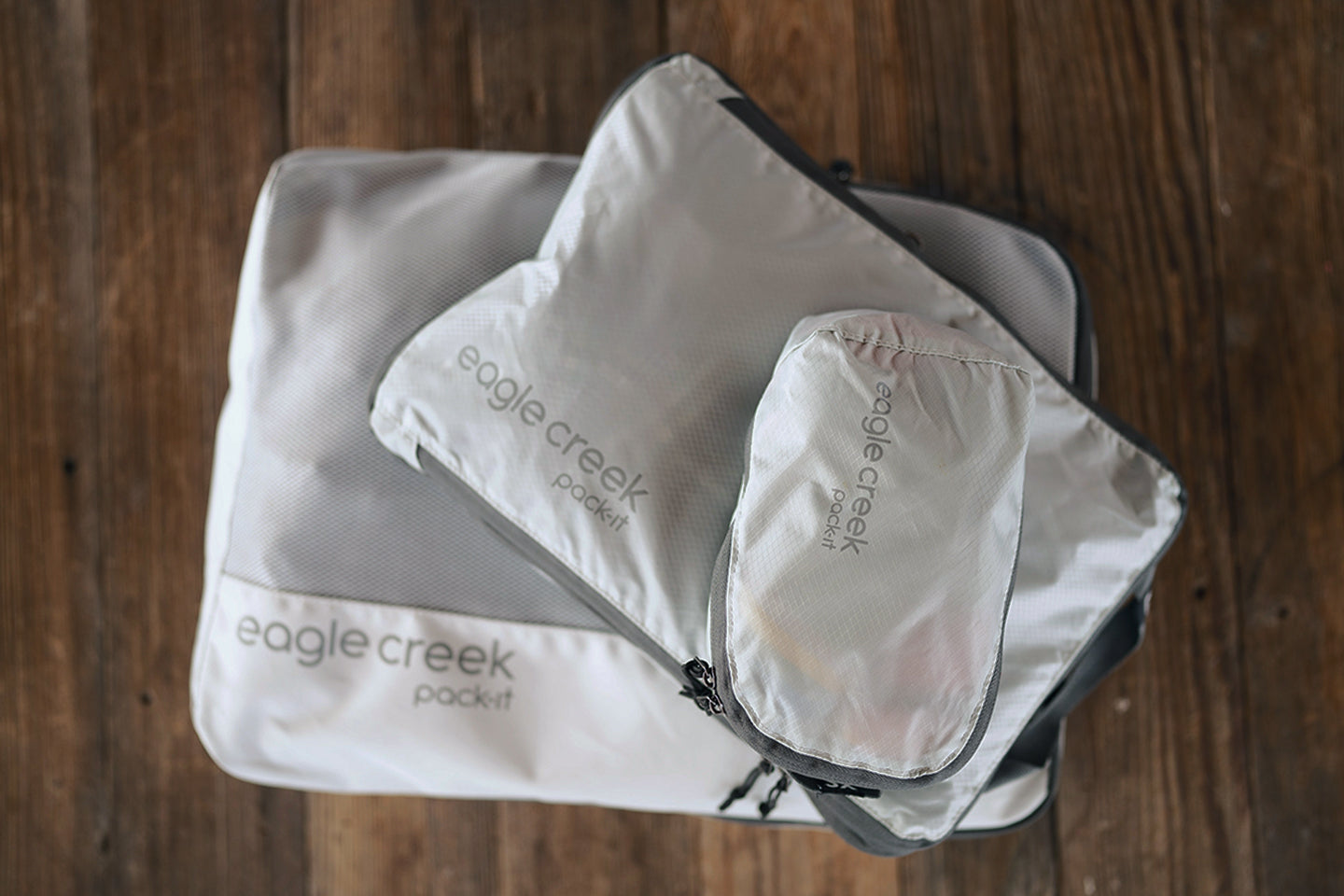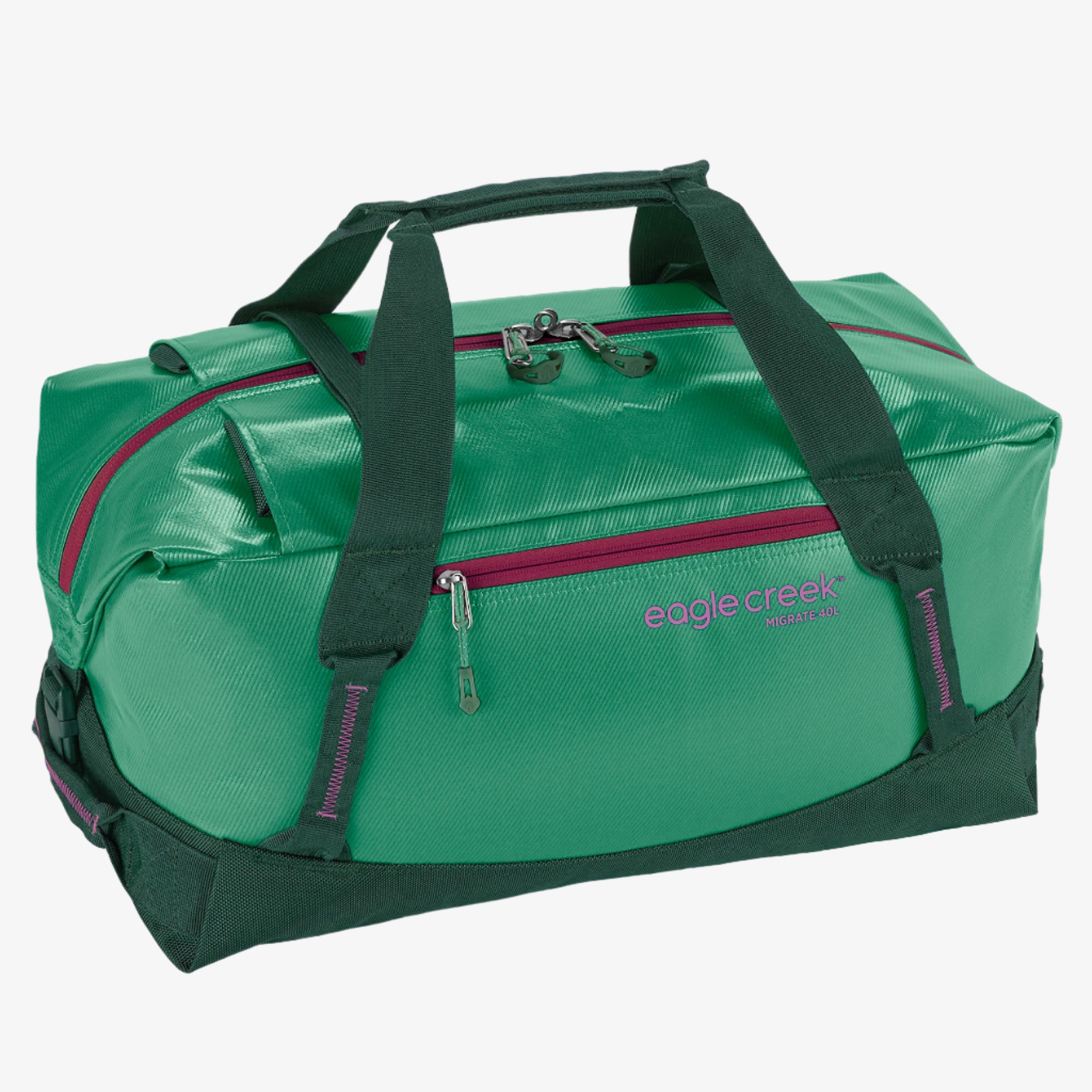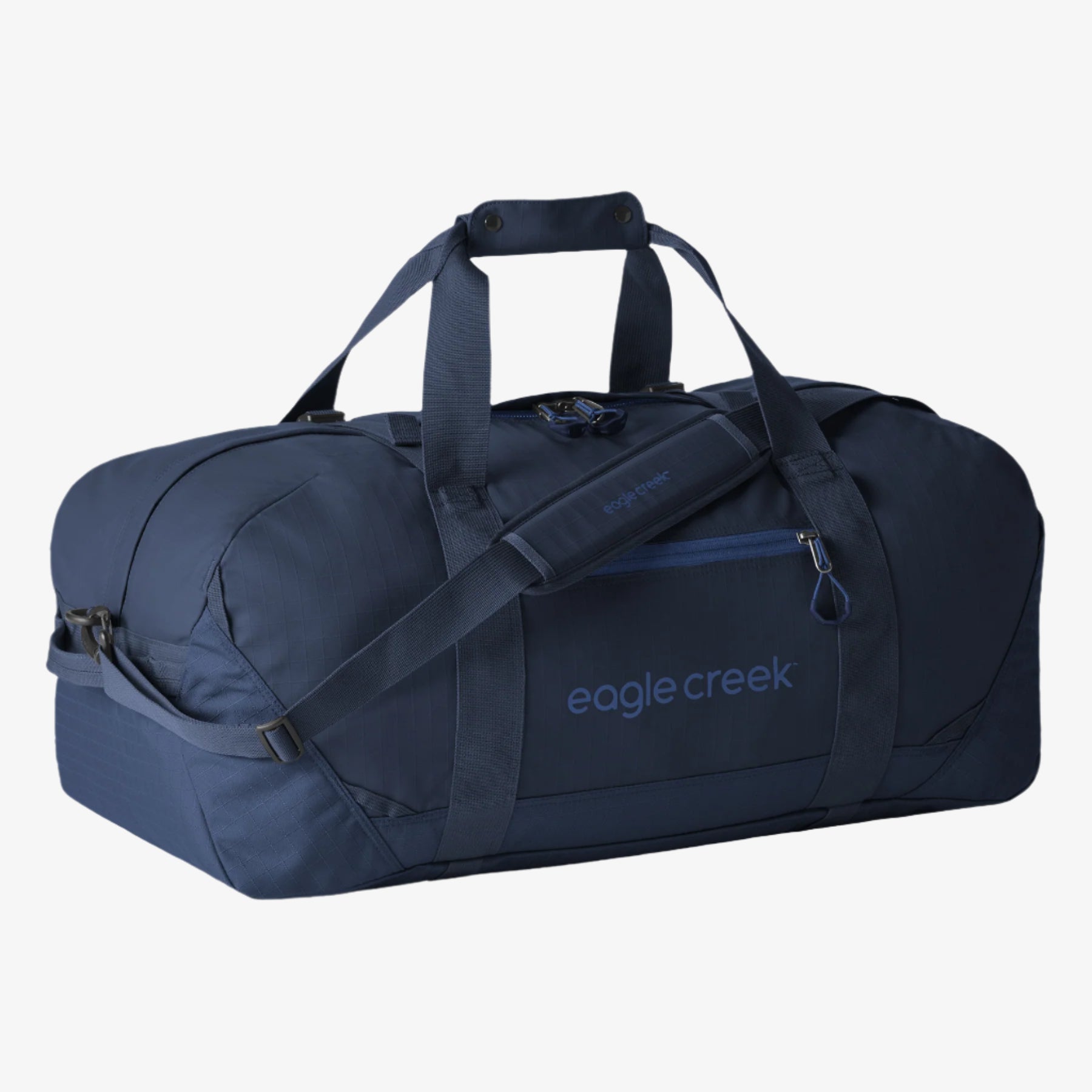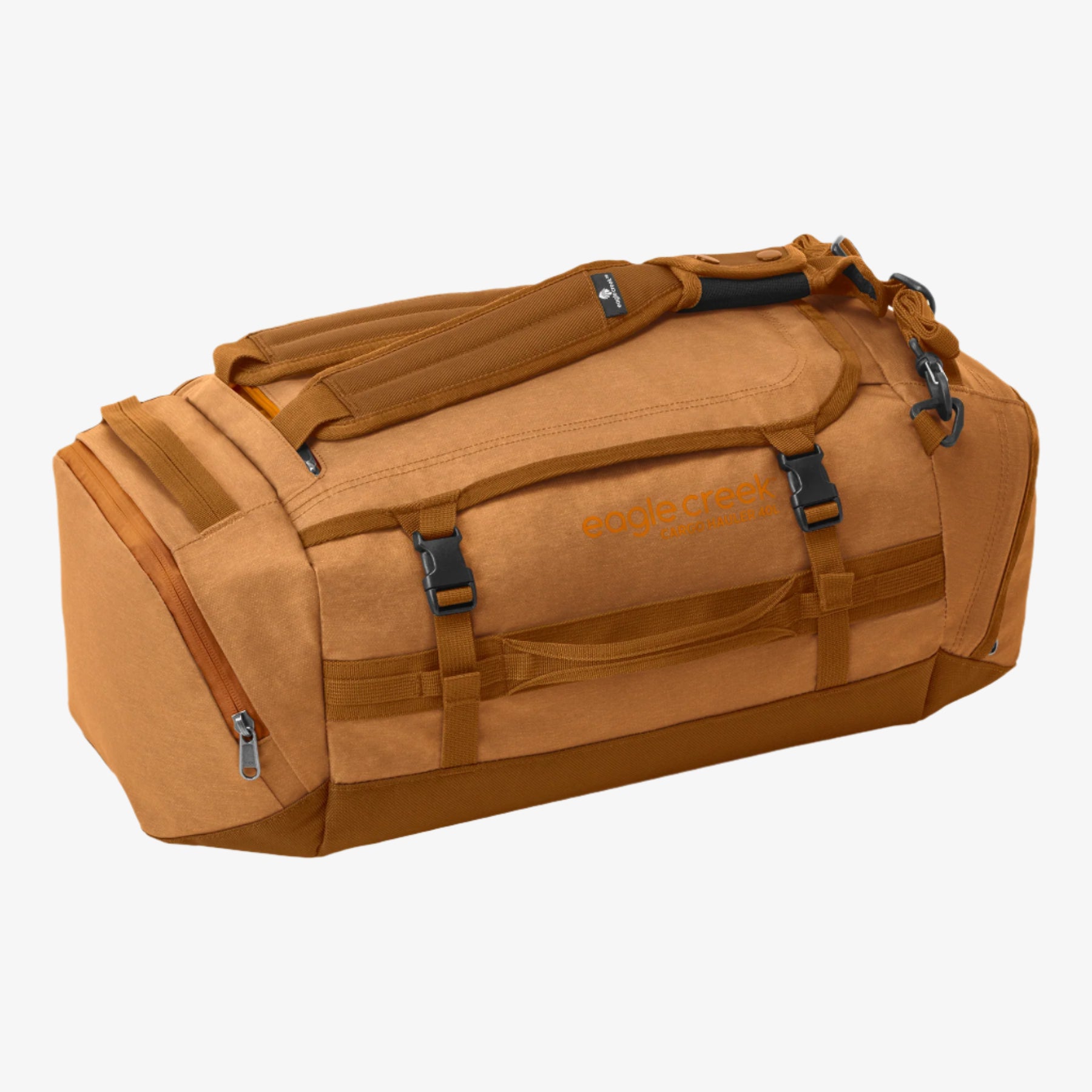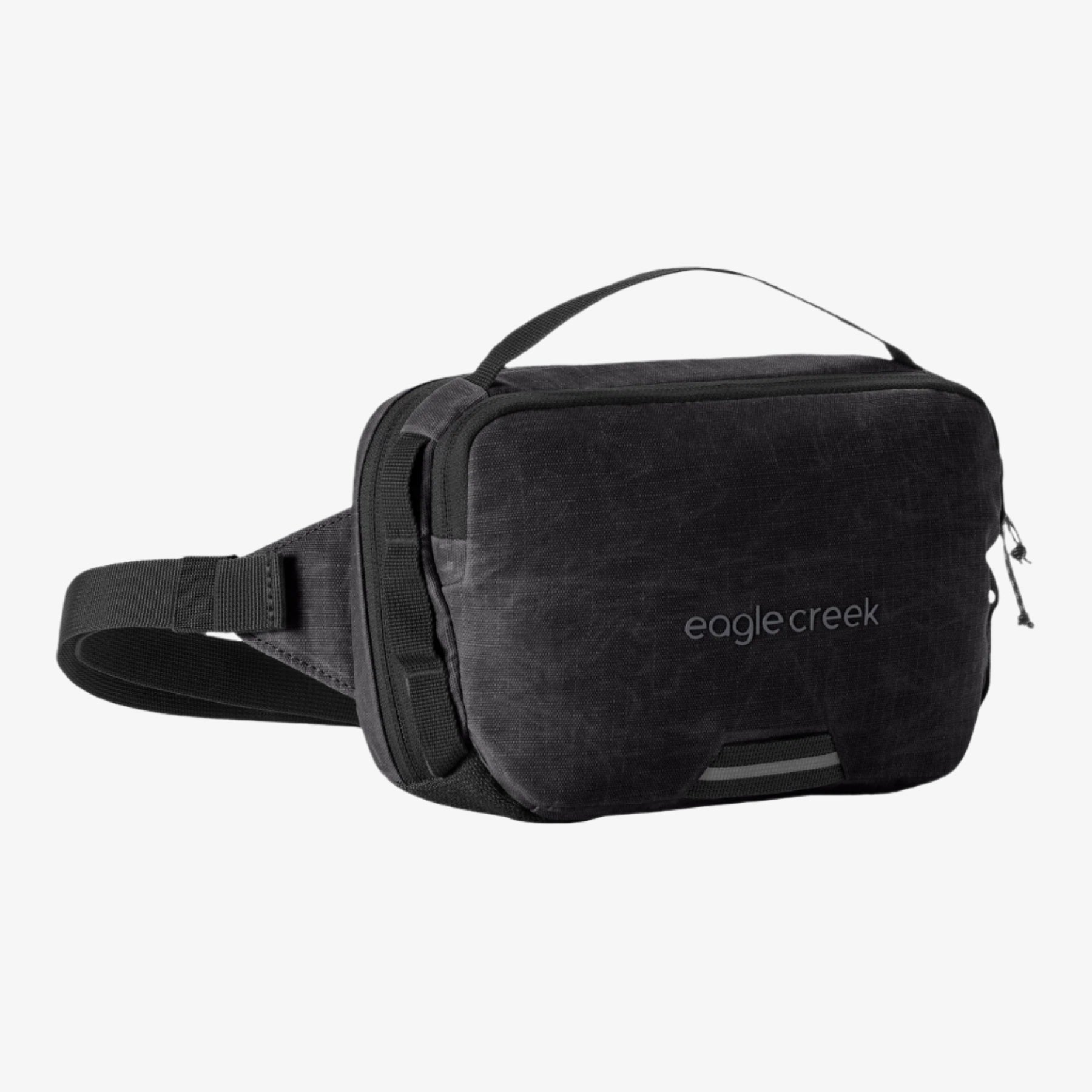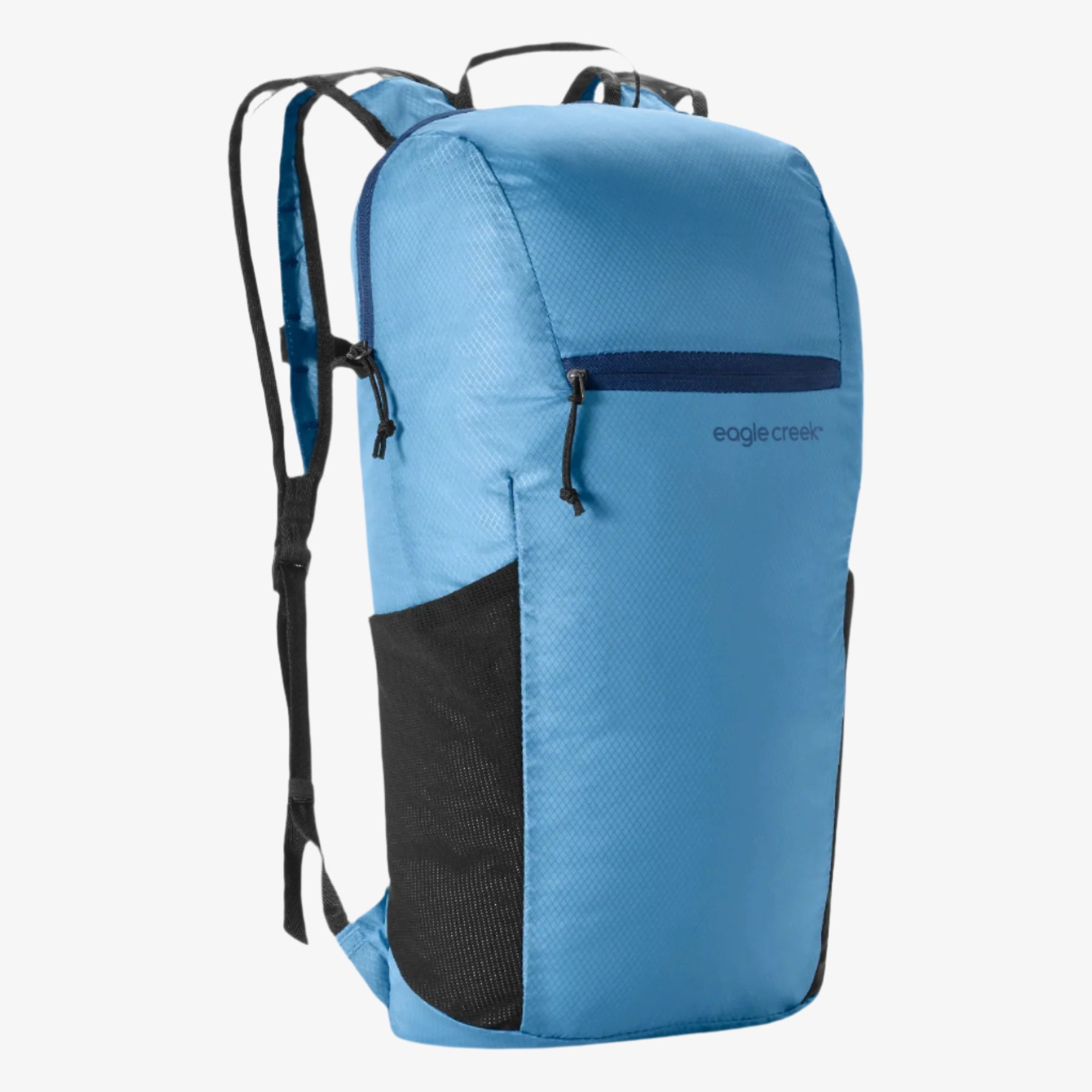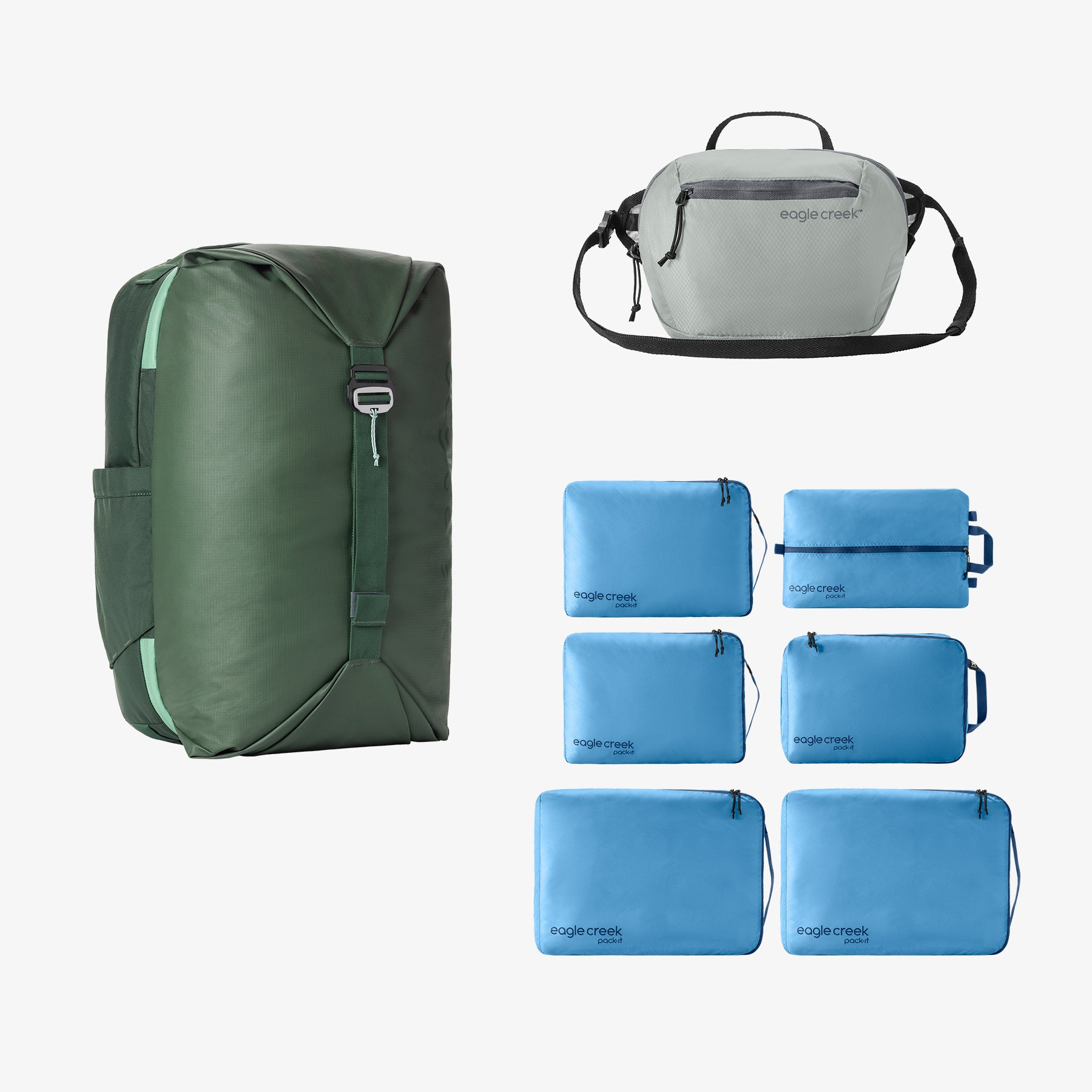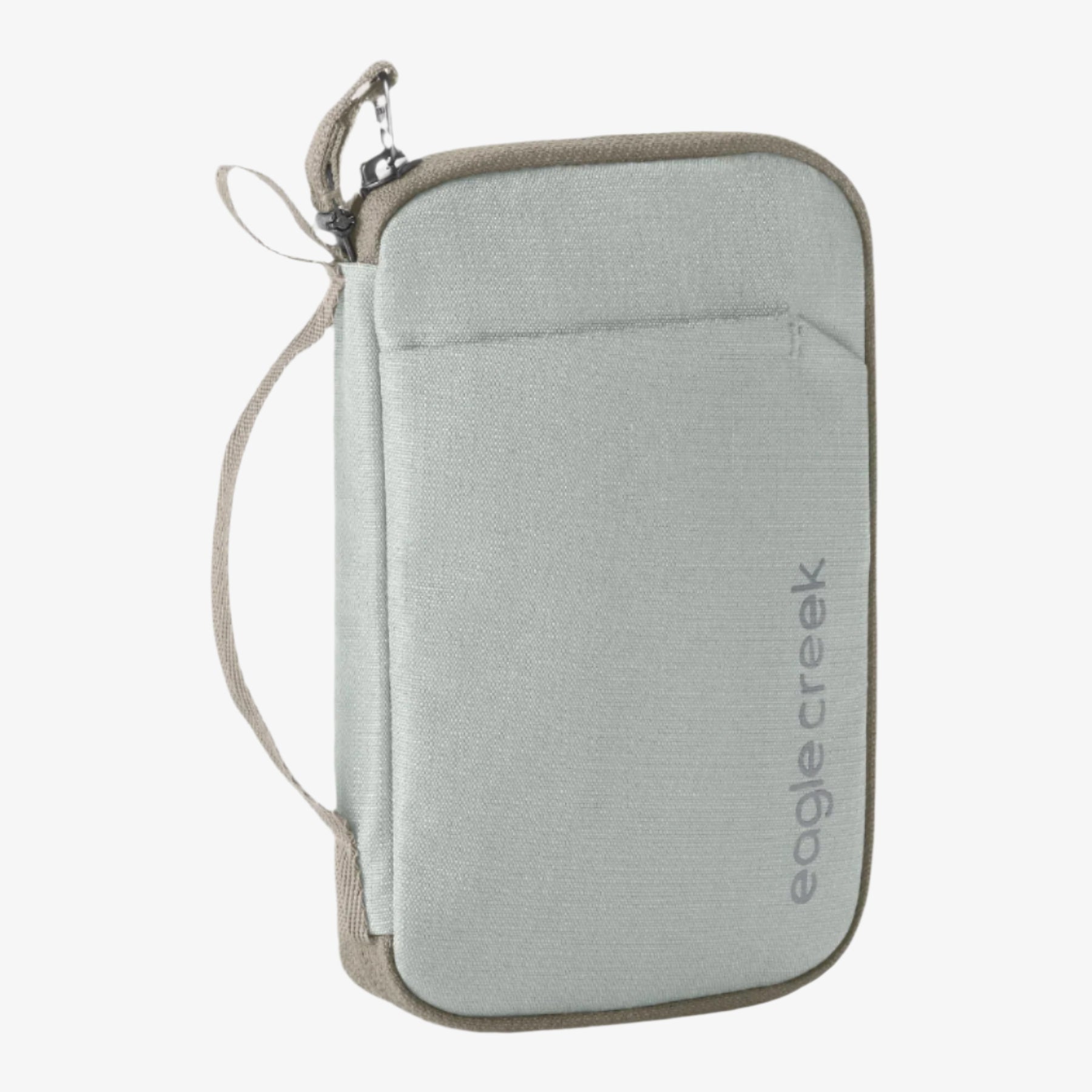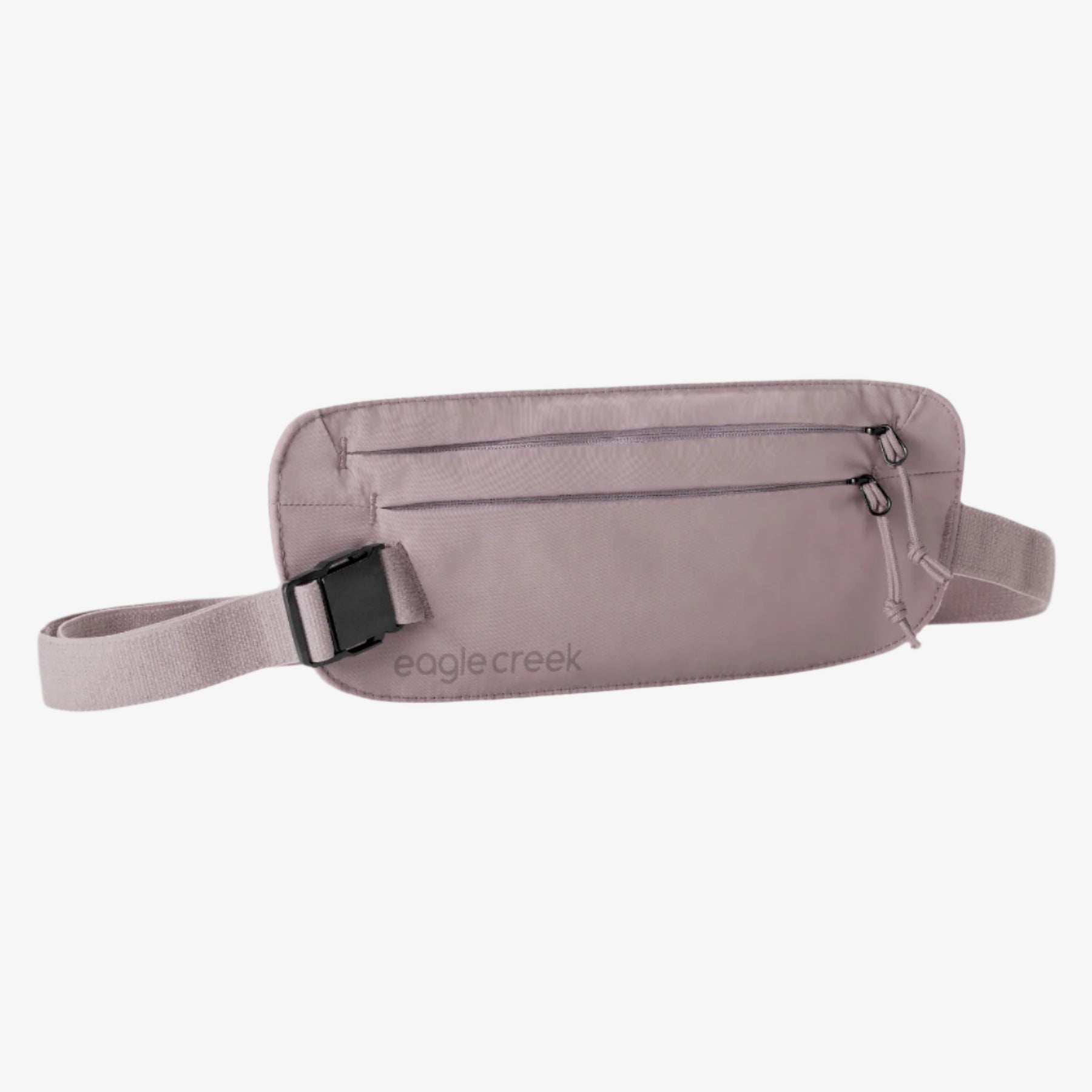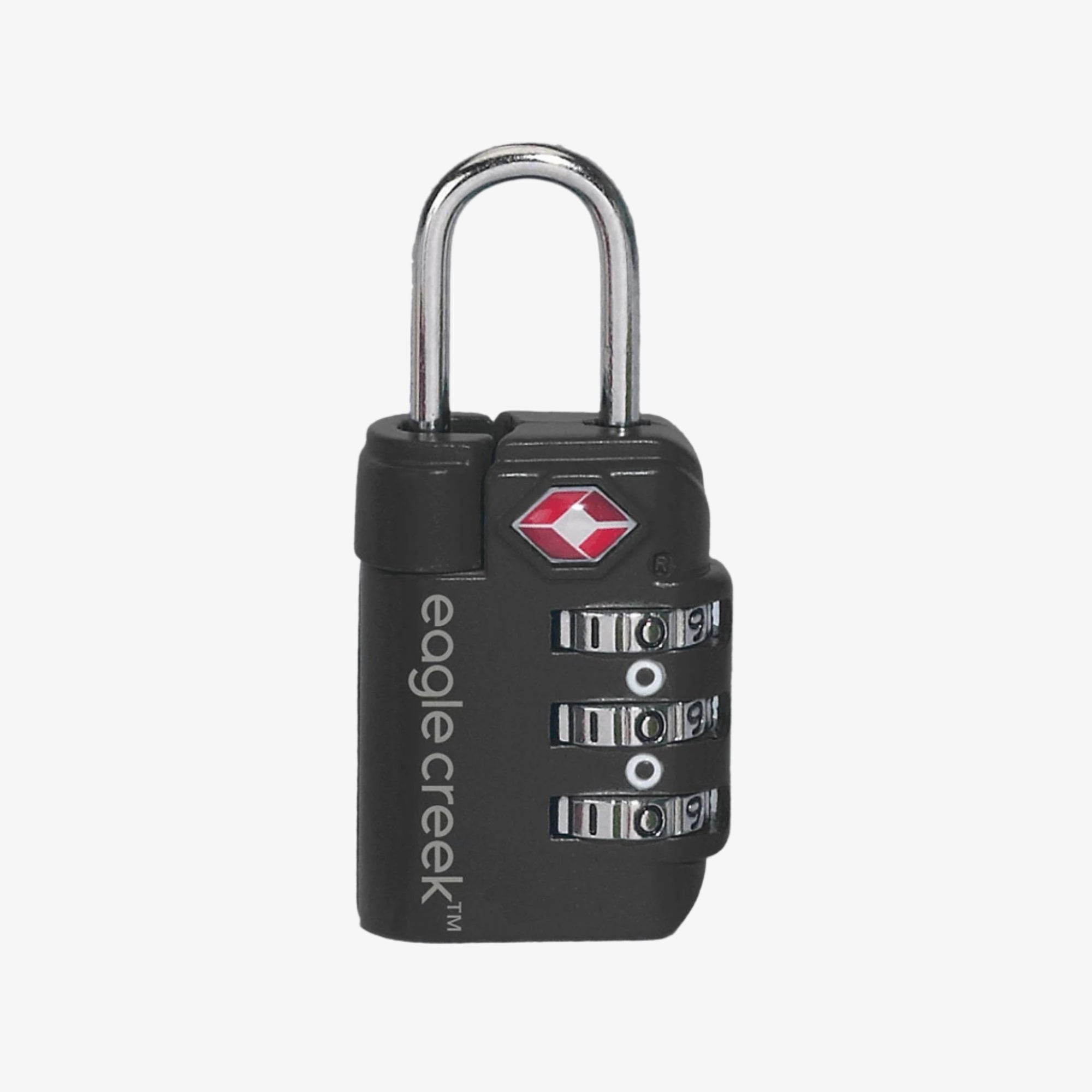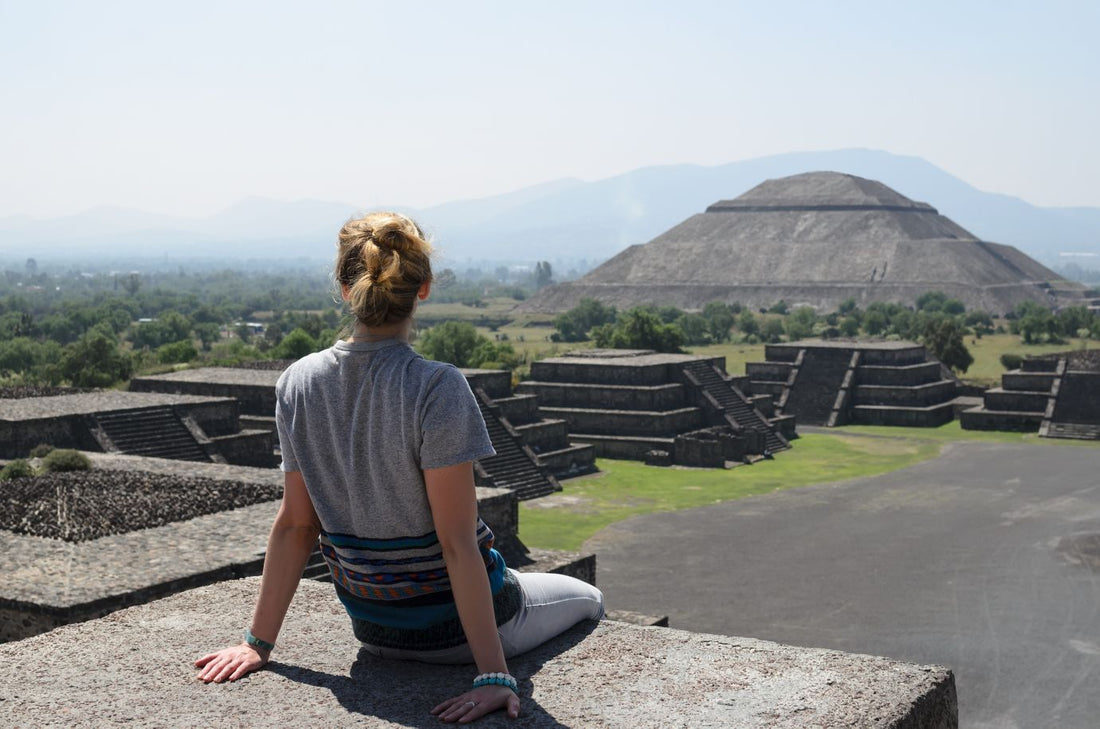
From beach towns to big cities, several locations in Mexico offer everything that digital nomads need to live and work remotely.
Moving to Mexico and living on the beach may seem like the ultimate fantasy, but these days it’s more possible than ever to make it a reality. Digital nomads—those who work online as they backpack the world—are learning that Mexico offers a lot of the comforts they need to work remotely.
What makes an ideal digital nomad location? Affordability, reliable internet, good weather, fun social activities, and a safe environment are among the biggest requirements. The website Nomadlist.com, a crowdsourced database of digital nomad resources, gives several Mexican cities solid rankings in each of these categories.
Mexico may not be as cheap as popular digital nomad hotspots like Thailand and Indonesia, but it’s more affordable than the U.S. or Europe. If you’re into delicious street food, colorful neighborhoods, and lots of sunshine, working remotely in Mexico can be a great option.
The Basics: How to Work Remotely and Live in Mexico
Working online from Mexico is not a complicated process, assuming you have a job that permits you to work remotely. You’ll just need to choose a location, pack up the necessities, and find a comfortable place to stay with reliable internet or nearby coffee shops. Choosing the city that’s right for you depends how much you value fast internet, beach access, and modern amenities.
Visiting Mexico is easy, since visas are not required for citizens of more than 60 countries. Most tourists can stay in the country for up to 180 consecutive days. You can either book a long-term Airbnb property, or look for local apartment rentals or hostels upon arrival.
Cell phone service is generally good across the country, and if you’re coming from America, you might not even need to change your data plan, since many U.S. carriers now include wireless coverage in Mexico.
Some parts of Mexico are currently designated as having levels of “increased risk” for crime by the U.S. Department of State. To be on the safe side, check current travel advisories to Mexico here and keep your belongings to you close with a waistpack.
Best Places to Live for Digital Nomads in Mexico
Here’s a look at some of the places you might decide to live and work from if you travel to Mexico as a digital nomad.
Playa del Carmen and Cancun
Cancun and the nearby city of Playa del Carmen have a well-earned reputation as two of Mexico’s most popular spring break destinations. That can be good or bad for digital nomads, depending how much you want to interact with partying tourists. The many cafes, white sand beaches of the Riviera Maya, and nearby Mayan ruins add to the appeal of settling in this area.
Key drawback: Nomad List gives both Playa del Carmen and Cancun poor scores for internet speed (7-8 mbps.) That’s only about half the speed of many other spots on this list.
Puerto Vallarta
Located on Mexico’s western coast, Puerto Vallarta is inexpensive by U.S. and European standards, but it’s one of the more costly locations in Mexico, mostly due to higher lodging rates. The city caters to upscale vacationers with its many resorts and fancy restaurants, but nomadic travelers can find plenty of cheaper apartments and small hotels, especially in the old-fashioned Zona Romantica neighborhood.
Puerto Vallarta provides a good mix between modern comforts and its traditional culture. Its location along the Bay of Banderas means fairly calm waters for those who want to spend time in the ocean. And it has some of the fastest internet speeds in Mexico, though it has only a few co-working spaces.
Mexico City
You won’t find any beaches in Mexico City, but you will find a bustling urban environment and reasonably-priced lodging (if you’re willing to go the Airbnb route.) Modern neighborhoods like Roma Norte and La Condesa have plenty of co-working spaces and a seemingly endless number of coffee shops.
The perks of working remotely in Mexico’s capital city include an extensive subway system and a large community of international expats. The metro area of 21 million boasts numerous museums and historic attractions, plus an active nightlife.
Nomad List ranks Mexico City as the 10th-best city for digital nomads in the world, joining Buenos Aires as the only cities in the Western Hemisphere in the top 10. Due to its elevation (7382 ft / 2250 m), Mexico City stays comfortable year-round, avoiding the extreme heat of the beach cities.
Key drawback: The smog can be bad, and some neighborhoods are dangerous, but chances are you as a visitor won’t find yourself in those areas. Otherwise, take the normal precautions you would in any big city.
Other Cities Ideal for Digital Nomads Living in Mexico
Smaller towns like Sayulita (just north of Puerto Vallarta) and Puerto Escondido (located in Oaxaca State) are regarded as two of the better under-the-radar locations for digital nomads in the region. While they may provide you with a chance to live out the dream of sitting on a beach and drinking margaritas while you work, expect the internet to be slower and less reliable.
Another overlooked option is the historic town of Santiago de Queretaro, a three-hour bus ride north of Mexico City. The Spanish colonial city has one of the lowest costs of living among cities in Mexico, particularly when it comes to lodging. Nightly Airbnb rentals average just $20/night as of this writing, according to Nomad List, and many can local spots are even more affordable.
Just an hour north of Queretaro is San Miguel de Allende, another city known for its Baroque architecture. It’s fairly quiet here, but the cost of living is a bit higher as there is a very large retiree community. Other prominent cities such as Oaxaca and Guadalajara are affordable, though the internet speeds can be mediocre.
Do your research to figure out whether quitting your job[1] working remotely in Mexico makes sense for you. Wherever you land, you’ll want to have products like a laptop brief for crossbodybag for your valuable electronics, and don’t forget a storage organizer for cords and chargers.
Related Links (From Eagle Creek's Blog):
Working Remotely: What is the Digital Nomad Lifestyle?


